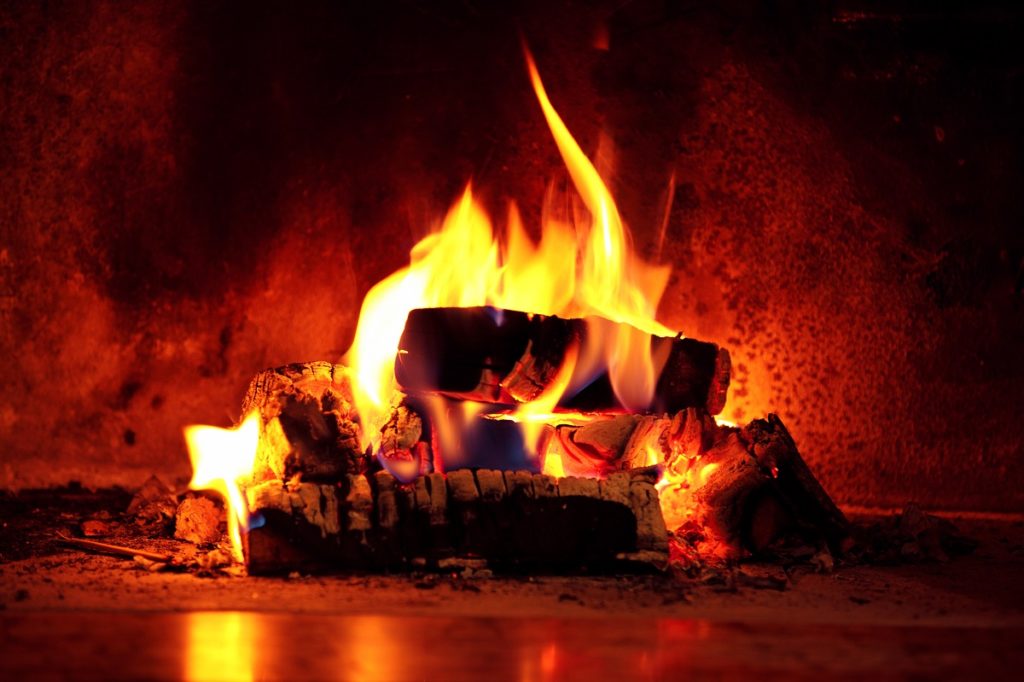The need for cleaner furnaces is more apparent in inversion-plagued Utah. Every year, pollution drops close to the ground, giving residents a taste of what the modern way of living does to the air. Traditional wood-burning furnaces have been restricted, but are other types of heaters any better? Weigh the pros and cons of the most popular type of furnaces and make your decision.
Traditional Wood-burning Furnaces

Wood-burning furnaces have been around for centuries. Most of your childhood memories beside a fireplace involve one, making them a bit nostalgic. The smell of burning wood, the crackling sound of fire, and the motes of light are sensory delights that you’ll carry with you throughout your life. Fuel is practically free if you live in a rural area. A little bit of foraging and chopping, and you can have enough fuel for the whole winter.
Unfortunately, wood-burning furnaces produce a lot of smoke and particulates. They also require a chimney or vent to prevent smoke from filling your house — so definitely not an option for apartments. Flickering embers also pose fire hazards, and a wayward ember can easily damage your wooden floors or even set your curtain on fire.
Electric Heaters
Electric heaters are furnaces that rely on electricity. They emit no smoke or particulates and are generally safer than wood-burning furnaces. It only takes a press of a button or a flick of a switch to start them up, and they work reasonably well in heating individual rooms. Turning them off merely requires another press of a button, and they are less likely to start fires unless an item accidentally touches them for a prolonged period.
One problem with electric heaters is cost. Electricity can be a bit expensive, especially when compared to free wood for traditional furnaces. They take a bit of time to heat up, and they’re not as aesthetically pleasing as wood-burning furnaces. During power outages — especially during fierce snowstorms — your electric heaters will be all but useless. Since they use electricity from the grid, these furnaces still rely (indirectly) on coal, although pollution is kept a bit closer to the plants and farther from your home.
Gas Furnaces
Gas furnaces work similarly to traditional heaters but with gas as fuel instead of wood. Gas burns more efficiently than wood, with close to zero emissions and particulates. They don’t require additional venting, and you’ll have no problem with furnace installation, even in an apartment in Salt Lake City.
Gas furnaces don’t have the aesthetic beauty of traditional heaters, but you can enhance their appearance with colored fire stones that add an ethereal quality. Gas is relatively cheaper to electricity, and you won’t have to freeze if ever the power is out. However, the purchase cost of a gas furnace is often higher than an electric. Gas in its natural state is colorless and odorless, so you wouldn’t notice if you have a leak. A simple gas detector can keep your home safe, and gas furnace leaks are infrequent even during winters.
Every furnace has its properties. Weigh which ones are more to your liking and choose the right heater for your home.